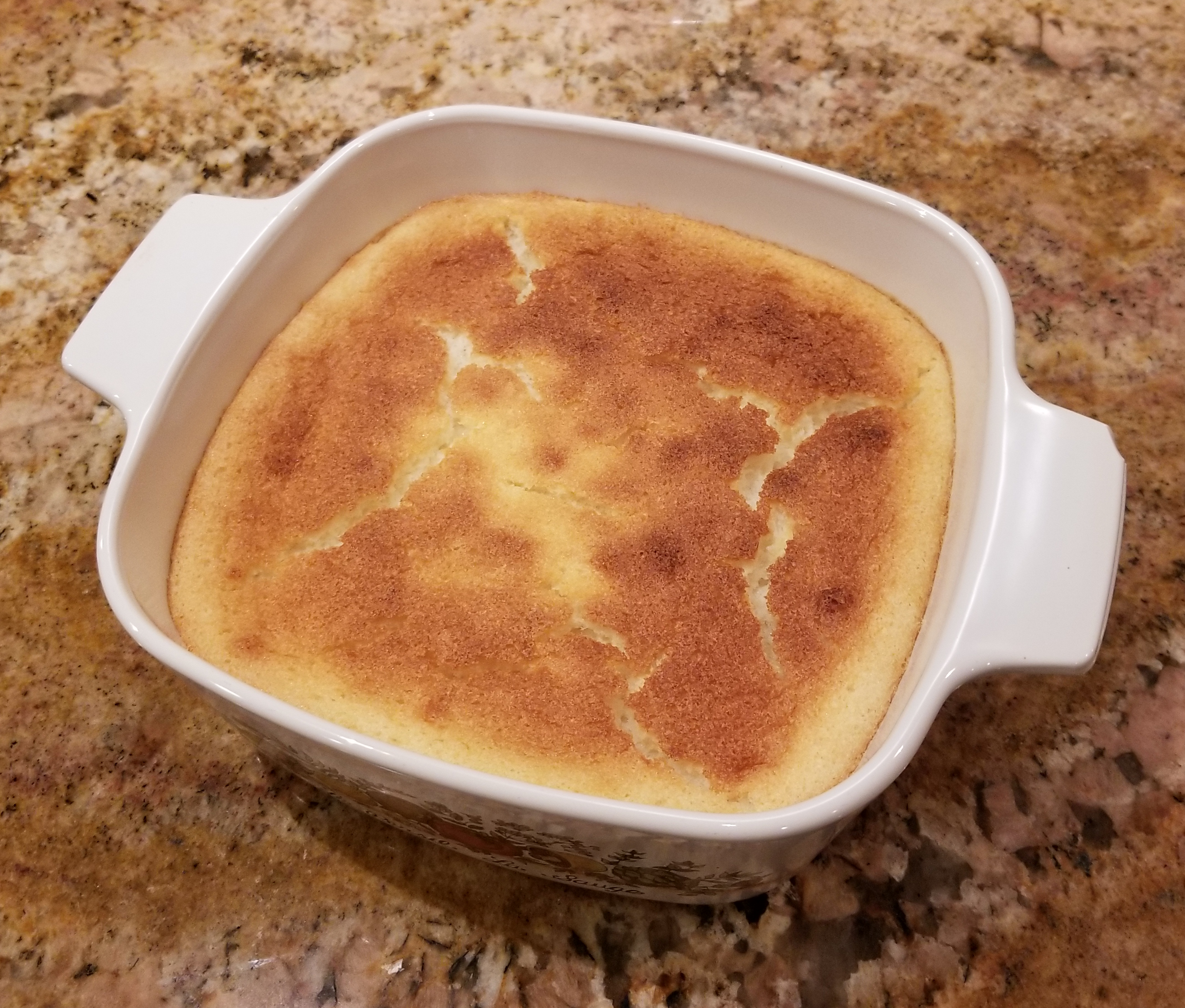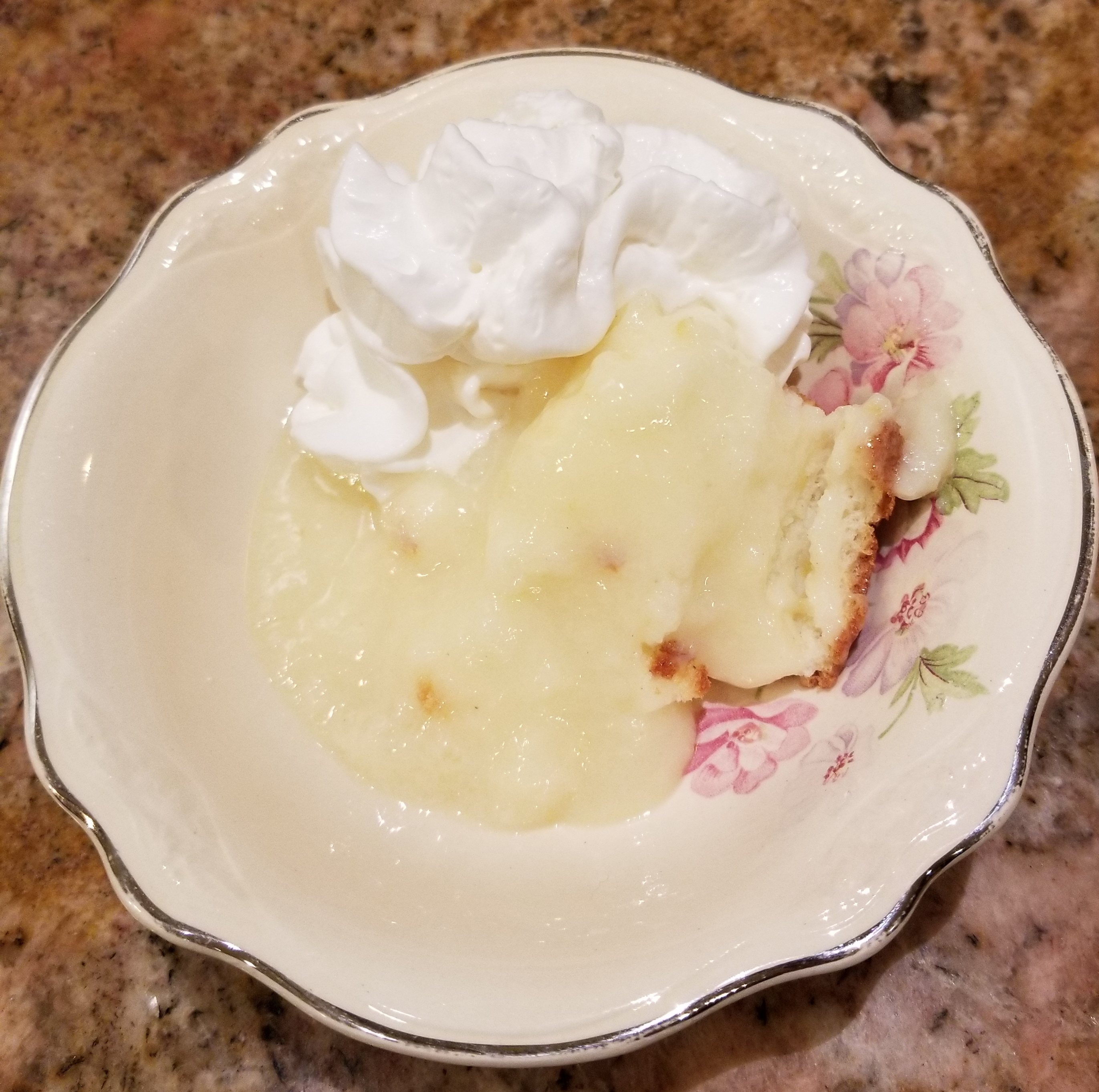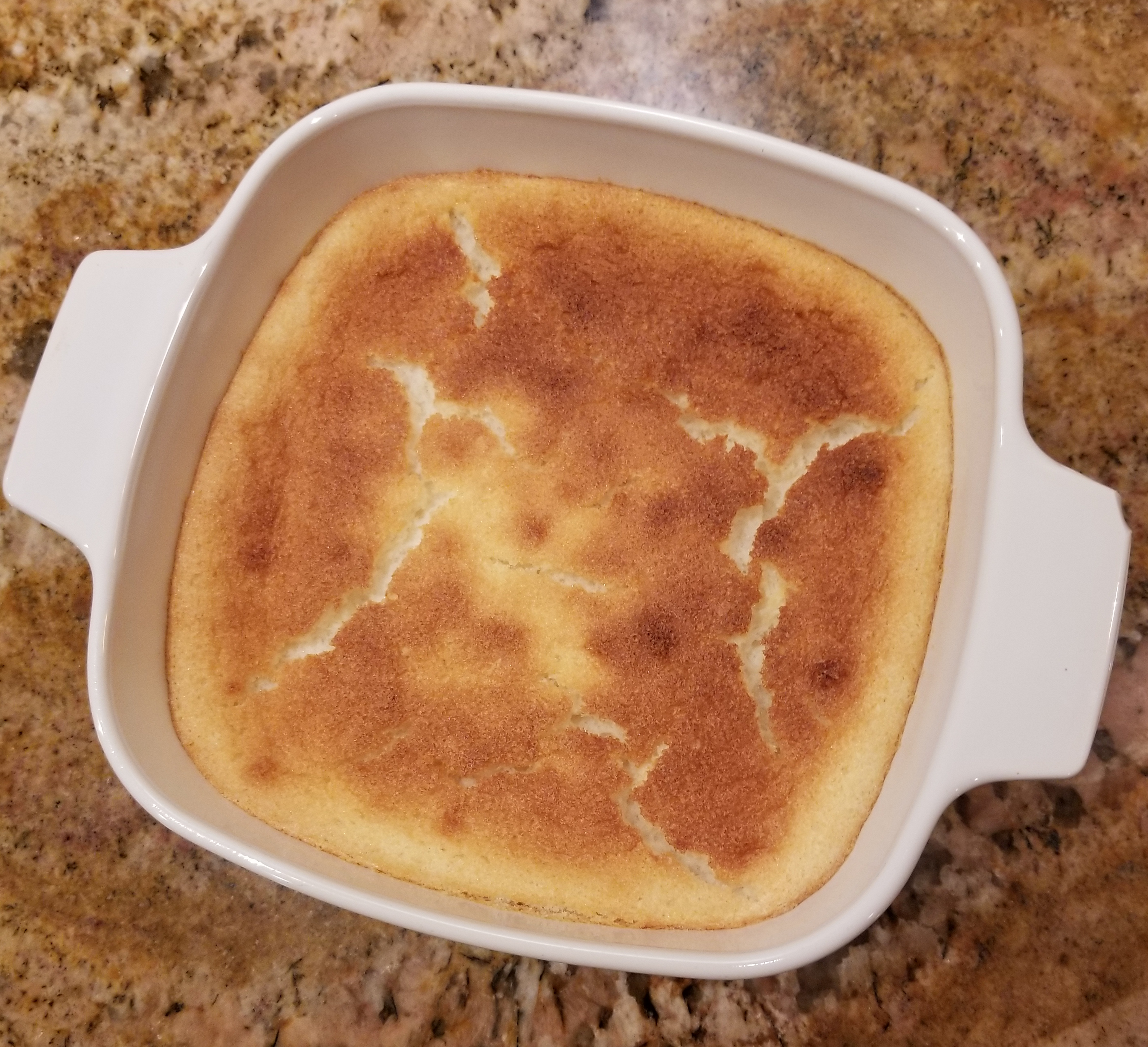I have an irrational fascination for old recipes. I love to read them and try to puzzle out what the original authors had in mind. I can spend a lot of time wondering what they might taste like. But often I don't actually try the recipes.

I've learned the hard way that not everything ages well. Older recipes will use the term "spicy" to indicate anything more exciting than a dash of paprika. The ethnic dishes are usually a sad, pale, Americanized imitation of the delicious originals. The fact is, times change – and sometimes for the better!
I find old-fashioned desserts to be a mixed bag. Some are excellent: Betty Crocker's 1950 brownie recipe is as good as you could hope to find: full of real chocolate, rich, and decadent. Others ... others lack a certain "ear appeal" and I just can't bring myself to try them. Anything with "slump", "grunt", or "crumble" in the name just sounds like an unfortunate accident to me.
Can't you just hear it? "My dear Mrs. Bennett!" exclaimed Lady Catherine de Bourgh, "I believe I will have another morsel of your delectable Apricot Grunt. It is quite unexpectedly delightful." Nope, me neither.

I also find it unappealing that old-fashioned desserts are often described as "thrifty." I consider myself as frugal as the next person, but "thrift" is not the primary quality I look for in a dessert. Something like "sumptuous" or "opulent" is more likely to catch my attention. "Thrifty" suggests (sometimes accurately) that stale bread crumbs will be a featured ingredient.
I have to say that "thrifty" is also a pretty meaningless term; in some times and places, eggs were expensive, so "thrifty" just means a dish with very few eggs. Hard to believe these days, when we tend to think of eggs as a cheap source of protein. Other times and places, anything you found on a farm was considered cheap, while anything imported was expensive. So desserts rich in butter might be thrifty, but those featuring bananas or pineapple were expensive and exotic.
With all this in mind, I decided, with some reservations, to try an old-fashioned dessert. It seemed to be a lemon version of pudding cake. Hot Fudge Pudding Cake, if you don't know, is very similar to Molten Lava Cake, and near and dear to my heart. A lemon version sounded promising, so I ignored the fact that there was also a recipe for "Last-minute Date Raptures" on the same page and forged ahead. (Dates are fine. But hardly rapturous.)
When I pulled my pudding cake out of the oven, I explained to the crew here that it was probably no good at all, and if we threw it away my feelings would not be hurt. Well, joke's on me. Turns out it was delicious. It was supposed to serve 6, but the four of us polished it off in no time. It is undeniably old-fashioned (the Resident Food Critic said it had "a bread pudding vibe" and I know what she means), and undeniably delicious.
This is a lemon version of what the Great British Baking Show would call a "self-saucing pudding". As it bakes, the dessert forms two layers: a fluffy souffle-like top with sauce on the bottom. It is best served inverted, so that the sauce flows over everything. It is very, very light, with a sharp lemon flavor. The perfect dessert after a substantial meal.
Notes
This is a gluten-free dessert. If you do not want a gluten-free dessert, you can replace the gluten-free flour with all-purpose flour or cake flour.
My casserole dish was 6 inches square, and about 3 inches tall. The pudding expands as it bakes, so make sure your dish is large enough.
The cookbook with the original recipe says that you can make an orange or lime version by substituting orange juice and zest, or lime juice and zest. I have not tried these myself.
Inspiration
This recipe is my adaptation of "Lemon Cake Pudding" from Betty Crocker's Picture Cookbook (1950).


Comments powered by Talkyard.